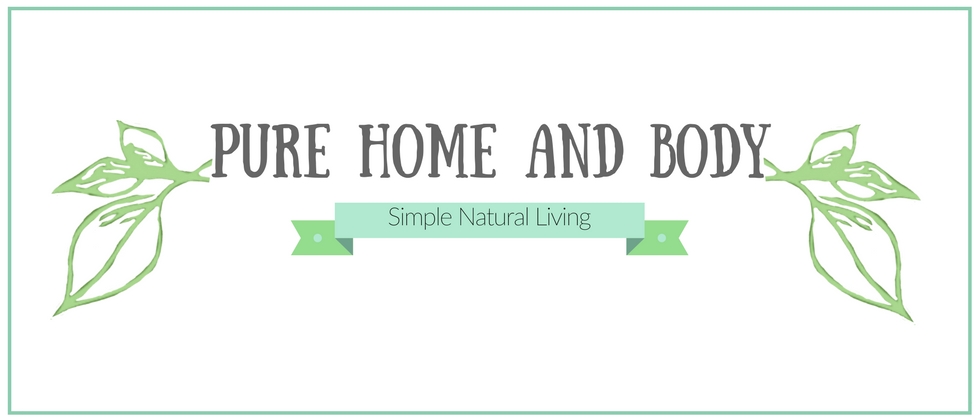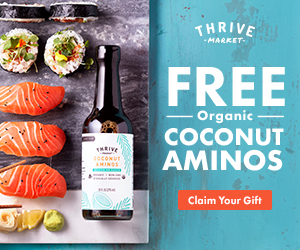 Having a Pure Home and Body doesn’t have to be complicated. It is important, though to be informed about what issues are at the forefront of healthier living. Here are the topics of 2012 I thought were key in bringing more attention to Chemical-Free Living and reducing the toxins in our homes and environment.
Having a Pure Home and Body doesn’t have to be complicated. It is important, though to be informed about what issues are at the forefront of healthier living. Here are the topics of 2012 I thought were key in bringing more attention to Chemical-Free Living and reducing the toxins in our homes and environment.
- Brazilian Blowout fined for polluting salons with formaldehyde. Formaldehyde is a known carcinogen used in many manufacturing processes and for science including embalming and killing bacteria & viruses in vaccines. Brazilian Blowout contains formaldehyde and puts salon workers and patrons at high risk of formaldehyde exposure when it is heated and blow dried, causing formaldehyde particles to become airborne. While formaldehyde in hair straightening products is common, the reality is there are many other chemicals in personal care products that we do not yet know the long term effects. Find out if your salon uses Brazilian Blowout so you can make an informed decision about exposing yourself to the formaldehyde. Will this event lead to more stringent policing of chemicals in hair and personal care? Probably not, the company has updated it’s MSDS sheet to clearly list all the risks associated with using the product. Consumers need to take action themselves to avoid exposure. Formaledehyde continues to be used in cabinetry, particle board, fabric finishes and household furnishings even though the risks have been known for decades. This fine will likely be just a slap on the hand for a company that will continue to make the product for profit.
- FDA Bans Use of BPA in Baby Bottles & Sippy Cups While many companies voluntarily removed BPA plastics from their water bottle materials over a year ago, the FDA finally made a formal move to ban the material from baby bottles and sippy cups in July. Despite efforts to protect the public through this ban, it is still allowing BPA materials to be used in infant formula and soup cans where levels of BPA are high. European countries banned BPA a year earlier and have already taken measures to eliminate BPA in all food packaging by 2015. Consumers can take initiative to avoid plastics in food packaging by choosing fresh and local when possible and store foods in glass or stainless steel.
- FDA extends deadline to evaluate safety of sunscreens, resulting in another season of untested products for upcoming 2013. EWG, the Environmental Working Group has been proactive for years in researching the safety of sunscreens, working ahead of FDA legislation. The FDA’s decision to extend a safety evaluation will result in unsafe sunscreen products filling store shelves for another sun season. In the meantime, check out the EWG Safe Sunscreen Guide, a start to making safer choices in skin sun care.
- Pesticide Use Tied to Declining Bee Populations Bee populations have been crashing worldwide leaving many experts still searching for answers. Two studies released in March found a certain class of chemicals, Neonicotinoid pesticides having a dramatic negative impact on the behavior of bees. The pesticides affect the bees ability to find their way back to hives making it more likely they will die away from home. The pesticides also resulted in fewer queen bees and lower growth rate of colonies. How does this affect our food supply? Bees increase plant production when they pollinate crops. These two studies are just the first released of ongoing studies to find answers to a problem that is already affecting worldwide agriculture.
- Nations Drought Affects Food & Water Supplies : The August drought had a detrimental affect on many crops including berries, apples and honey. The nationwide drought in addition to declining bee populations has created a difficult situation for farmers and consumers, resulting in lower crop yields and higher food prices. Rainfall in California was almost 30% less than average making water conservation even more important. The 2012 drought put an even greater emphasis on the need to preserve our clean water resources whether or not rainfall measures up.
- Arsenic in Rice Supply The FDA released results of over 200 rice samples, showing many of them contaminated with arsenic, a naturally occuring material and also a poison. While arsenic occurs in the environment, some of the contamination is thougth to be from pesticide use on cotton crops. Continued rice samples show similar findings regardless if the rice is organically grown. Rice grown in the southwest US does show consistently higher levels, in Arkansas, Texas, Louisianna, and Missouri. While experts conclude that some exposure to arsenic in rice is inevitable, it can be especially dangerous for babies and small children who are more vulnerable to the toxic effects just because of their size. The growing Gluten-Free market uses many rice products as wheat replacements making this topic one that will continue to be at the center of consumer safety.
- GMO prop 37 Defeated in California Consumers are pushing for truth in labeling our foods. GMO prop 37 was an attempt at passing legislation requiring companies to disclose the use of genetically modified ingredients in food labels. Corporate interest won out in this contest and will allow manufacturers to continue to use these non-organic ingredients in food products. The European Union has much more transparent measures in place for GM foods and require that any GM ingredients be approved for safety before being used in agriculture and consumer products. Manufacturers must also disclose their ingredients to consumers and clearly list Genetically Modified ingredients. The loss of legislation in California will continue to encourage companies to lead double lives, like Hershey, where GM ingredients are used in US products but not in Europe.
- Flame Retardant Chemicals In Homes Harmful chemicals once used in children’s pajamas are now found in many foam materials in sofas and beds. The chemicals are one of many found in the cord blood of babies indicating the toxic substances are passed from mother to developing baby. The flame retardants are also found in common household dust where they are inhaled or ingested by adults and children. Flame retardants continue to be a controversial subject, this situation in particular because the banned substances in children’s clothing has had ongoing use in the home furnishings industry.
- Lead in Lipstick The FDA has known for years that lead is in lipsticks, but a report from 400 samples taken in the Spring of 2010 was brought to light this year and raised consumer awareness. The FDA has no regulation at this point for lead levels in lipstick, noting that it is a topical product (although most likely ingested just because of the proximity it is applied to the mouth). This report is another example of how important it is for you to be aware of what toxic ingredients the FDA continues to allow in consumer products.
- Hall of Shame cleaning products EWG has made great strides in developing tools for consumers to make the Purest, most Natural choices in consumer products. This report is one of those tools. Check out the Hall of Shame quick guide to see what products are the most toxic and should be avoided by anyone wanting to have a Pure Home and Body.
What topics were pivotal in affecting your perspective of Natural Living in 2012?













No comments yet.